
Transcription
BTB#4
RESILIENCE SKILLS
11. ASSERTIVE COMMUNICATION
. AGGRESSIVE COMMUNICATION
. Must have the last word
. Talking over the other person
. Ineffective emotion
. Blaming
. Talking down
Aggressive Communication Icebergs
. The best defense is a strong offense.
. You've got to be loud and strong if you want to win.
. Never back down from a fight.
. Any sign of weakness and you'll be taken advantage of.
. I want it and deserve it now!
. ASSERTIVE COMMUNICATION
. Confident, Clear, Controlled
. Seek to understand
. Important in dealing with family and colleagues (communication that works in prison doesn't work at home)
Assertive Communication Icebergs
. People can work out their differences.
. People should be treated with respect.
. I can express myself clearly and confidently.
. What I believe matters.
Suppressions (ARC break) is a "harmful intention or action against which one cannot fight back". Thus when one can do anything about it, it is less suppressive.
Price of Freedom; constant alertness, constant willingness to fight back. There is no other price.
-RESPONSIBILITY-
Copyright © 2014 The Trustees of the University of Pennsylvania. All rights reserved.
RESILIENCE SKILLS
11. ASSERTIVE COMMUNICATION
. Assertive Communication helps to build Connection.
. Assertive Communication helps you solve problems by remaining Confident, Clear, and Controlled.
What makes communication effective?
PRACTICE, PRACTICE, PRACTICE
CONNECTION - FLEXIBILITY
UNDERSTANDING FACTORS OF REALITY
INTEREST - EXCHANGE
. PASSIVE COMMUNICATION
. Quiet
. No eye contact
. Withdrawn
. Sulking
. Submissive
. Fearful
. Appeasing
Passive Communication Icebergs
. It's wrong to complain.
. I don't really care. It doesn't matter.
. I'll make enemies if I speak my mind.
. No one ever really changes anyway.
. It's more important that people like me than to be right.
. I don't like conflict.
Copyright © 2014 The Trustees of the University of Pennsylvania. All rights reserved.
RESILIENCE SKILLS
11. ASSERTIVE COMMUNICATION
KEY PRINCIPLES
. Takes practice: Assertive Communication takes practice.
. Flexibility: Adjust your style of communication to the situation/person you are communicating with.
. Skill, not personality: Communication styles are skills, not personality styles.
. Re-Engage: Take a break from the conversation. Relax/rethink and then try again.
. Connection: Connection is a primary target of Assertive Communication.
What is the skill? Assertive Communication is a method of communication that is Confident, Clear, and Controlled.
When do I use it? Use Assertive Communication when confronting someone about a conflict or challenge (and is the most appropriate style in that situation).
How do I use it? Use the IDEAL model: I = Identify and understand the problem, D = Describe the problem objectively and accurately, E = Express your concerns and how you feel (when appropriate), A = Ask the other person for his/her positive outcomes that will occur if the person makes the agreed upon change.
1-9-19
Early A.M. lucid epiphany: Group Dynamic Exchange, creates arbitrary problems which conflicts with Individual Dynamic Exchange, as the group dynamic has arbitrary Moral-Suppressor agreements - whereas the individual dynamic has understanding of ethics conditions, and maintains ARC accordingly... where-ever individuals happen to BE in need of 'exchange'.
Copyright © 2014 The Trustees of the University of Pennsylvania. All rights reserved.
RESILIENCE SKILLS
11. ASSERTIVE COMMUNICATION
MRT Competencies
[[table - across the top:]]
Self-awareness
Self-regulation
Optimism
Mental Agility
Strengths of Character
Connection
[[down the left side:]]
Goal Setting
Hunt the Good Stuff
ATC
Energy Management
Avoid Thinking Traps
Detect Icebergs
Problem Solving
Put It In Perspective
Mental Games
Real-Time Resilience
Character Strengths
Assertive Communication
Praise and Active Constructive Responding
Copyright © 2014 The Trustees of the University of Pennsylvania. All rights reserved.
Other posts by this author
|
2023 may 31

|
2023 apr 5
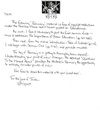
|
2023 mar 19
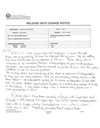
|
2023 mar 5
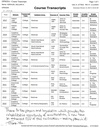
|
2023 mar 5
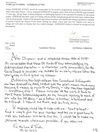
|
2023 mar 5
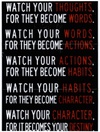
|
More... |
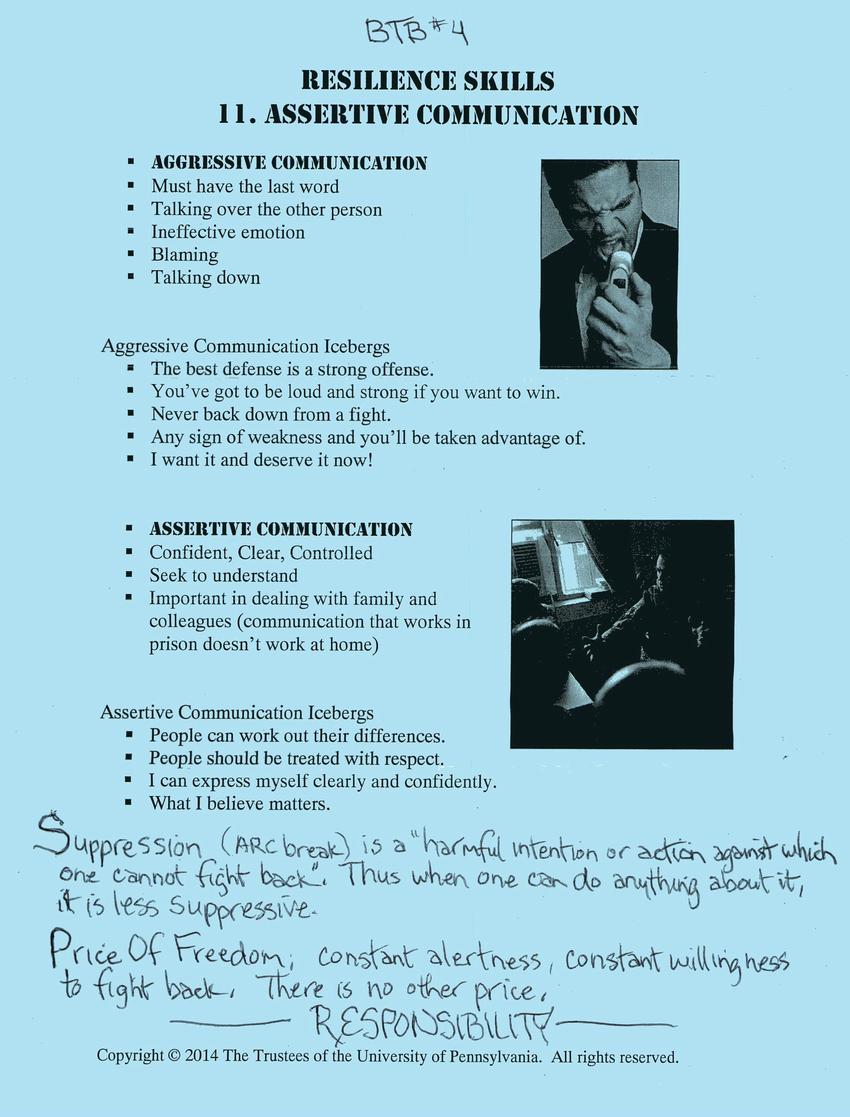
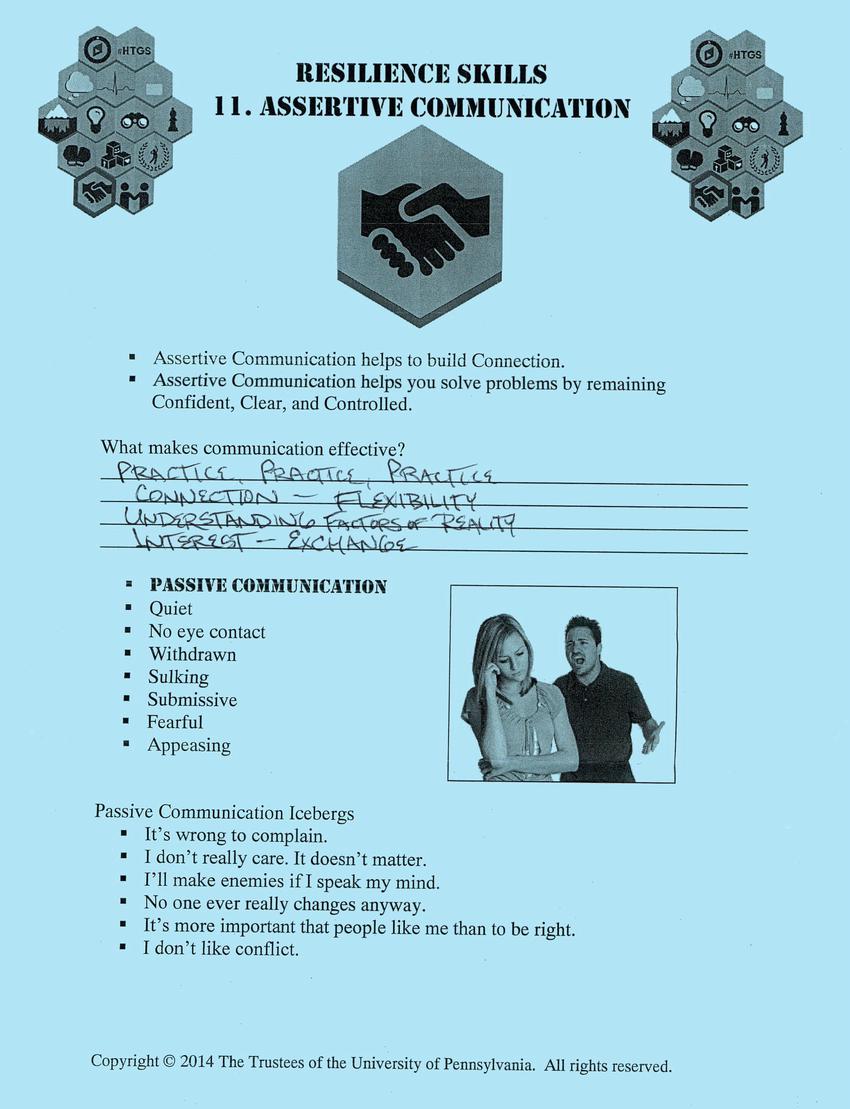
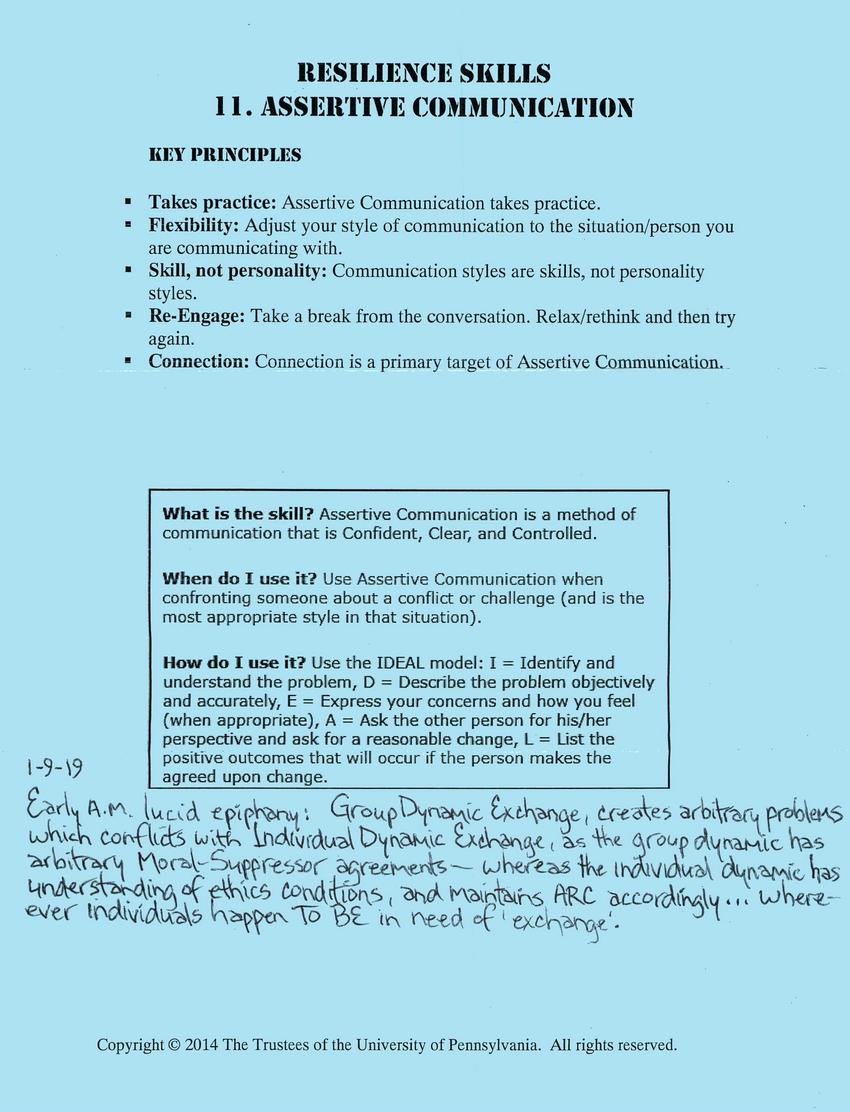
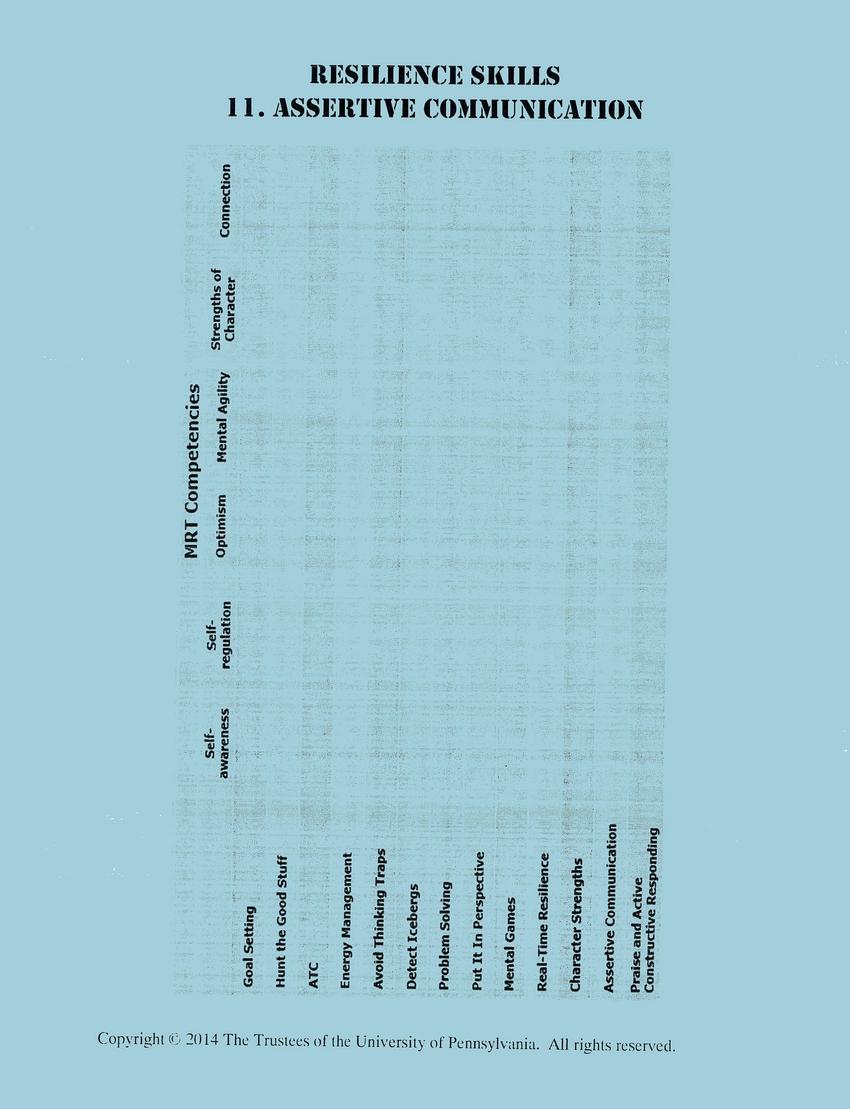

Replies